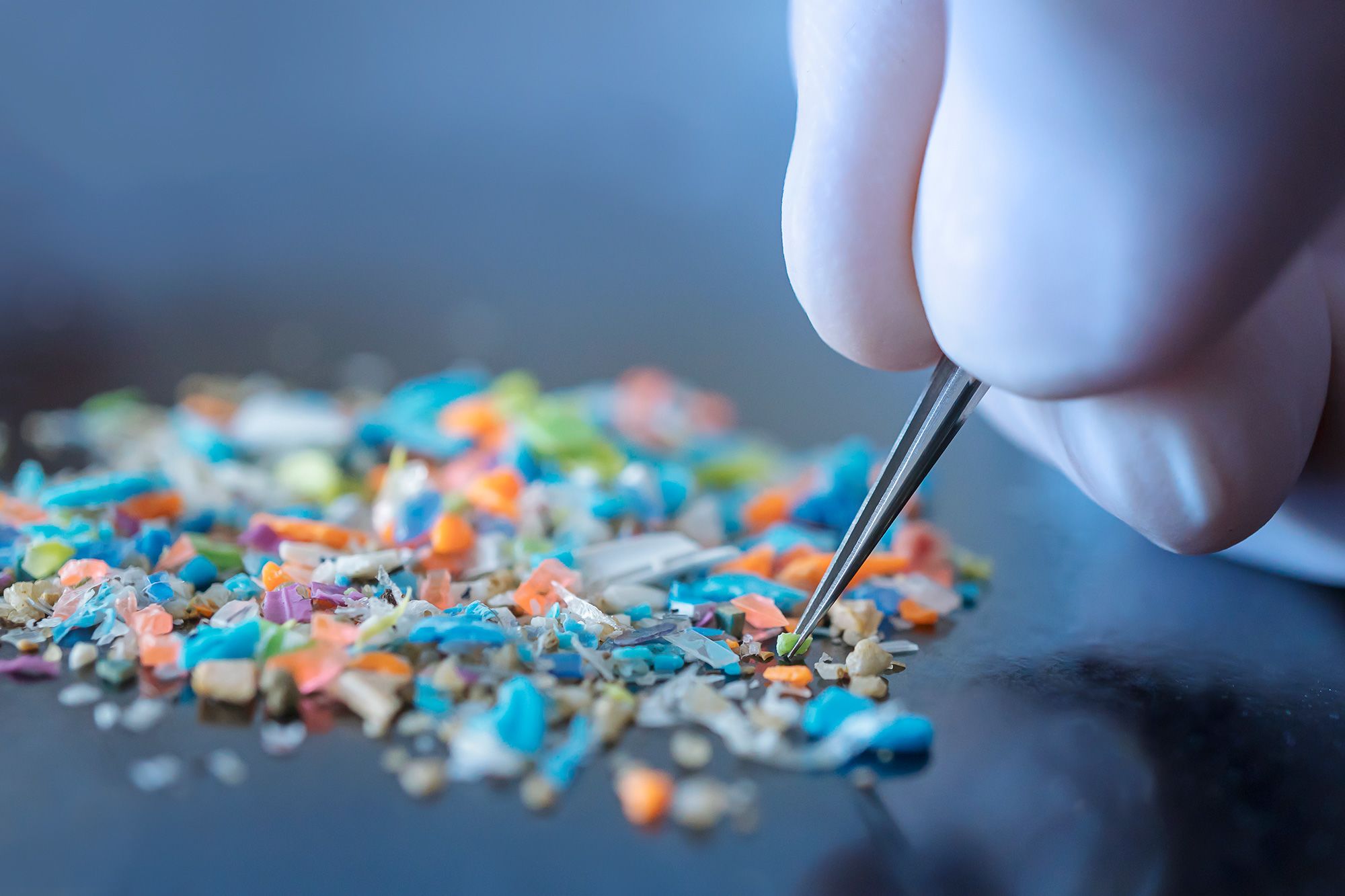Plastics are everywhere from food containers to medical equipment, and now, scientists have uncovered yet another alarming reason to reconsider their widespread use. A new study reveals a direct connection between chemicals in plastics and an increased risk of heart disease death.
Published in Lancet eBioMedicine on April 29, 2025, the research from NYU Langone Health sheds light on how phthalates, chemicals commonly found in plastics, can contribute to heart disease mortality. These chemicals, particularly di-2-ethylhexyl phthalate (DEHP), used to make plastics flexible and soft, have been linked to inflammation in the arteries, increasing the risk of heart attacks and strokes.
A Global Threat: Over 350,000 Deaths Attributed to Plastic Chemicals

Researchers analyzed global health data and found that more than 356,000 heart disease deaths in 2018 could be traced back to daily exposure to these harmful chemicals. This shocking statistic represents over 13% of heart disease deaths in people between 55 and 64 years old. The study’s findings indicate that regions like South Asia, East Asia, and the Pacific, where plastic consumption is high, face the most significant threats.
Sara Hyman, the lead author of the study, emphasized the urgency of addressing this global crisis. “By highlighting the connection between phthalates and a leading cause of death across the world, our findings add to the vast body of evidence that these chemicals present a tremendous danger to human health,” she said.
How Plastics Impact Our Health
Phthalates, the chemicals under scrutiny, are present in an array of household products, from cosmetics to bug repellents. However, it’s the specific phthalate DEHP, used in medical devices and food containers, that is believed to cause the most harm. This chemical can trigger inflammation in the arteries, disrupting normal cardiovascular functions and making individuals more vulnerable to severe heart conditions.
The research also highlights microplastics — tiny particles that are now found in everything from food packaging to the air we breathe. “Microplastics are widely present in a variety of products we use every day, and it’s crucial to understand their long-term effects on human health,” said Dr. Jasdeep Dalawari, a cardiologist.
The Call for Immediate Action

The study’s senior author, Dr. Trasande, called for immediate global regulations to limit exposure to phthalates, especially in countries where industrialization and plastic usage are expanding rapidly. “Our results underscore the urgent need for global regulations to reduce exposure to these toxins,” he stated.
Experts believe that the broader environmental impact of microplastics must also be addressed. Dr. Renato Apolito, medical director at Hackensack Meridian Jersey Shore University Medical Center, has long been wary of plastic’s potential health risks. “These often use highly engineered chemicals where the goal is not quality and safety, but instead cost-effectiveness and convenience,” Apolito said, underscoring the need for changes in how consumer products are designed and regulated.
Limitations and the Path Forward
While the study makes a compelling case, it’s not without limitations. Its observational nature means it cannot definitively prove that DEHP directly causes heart disease. Further controlled studies are needed to confirm these findings. “These studies are typically what are used to study the next step of elucidating cause and effect,” explained Apolito. “This can lead to the FDA and other policymakers banning or outlawing the use of such products.”
The researchers plan to explore how reducing exposure to phthalates might impact mortality rates, and they hope to uncover the chemical’s role in other health concerns. “The intersection of pollution, regulation and genetic predisposition provides a complex landscape, and further research is necessary to unravel these connections, paving the way for more informed public health policies and preventive measures,” Dr. Dalawari added, calling for more research into the connections between environmental toxins and heart disease.
As we face a growing health crisis tied to the plastic products that surround us, this study serves as a wake-up call to reassess our daily interactions with the materials that may be silently damaging our bodies.



